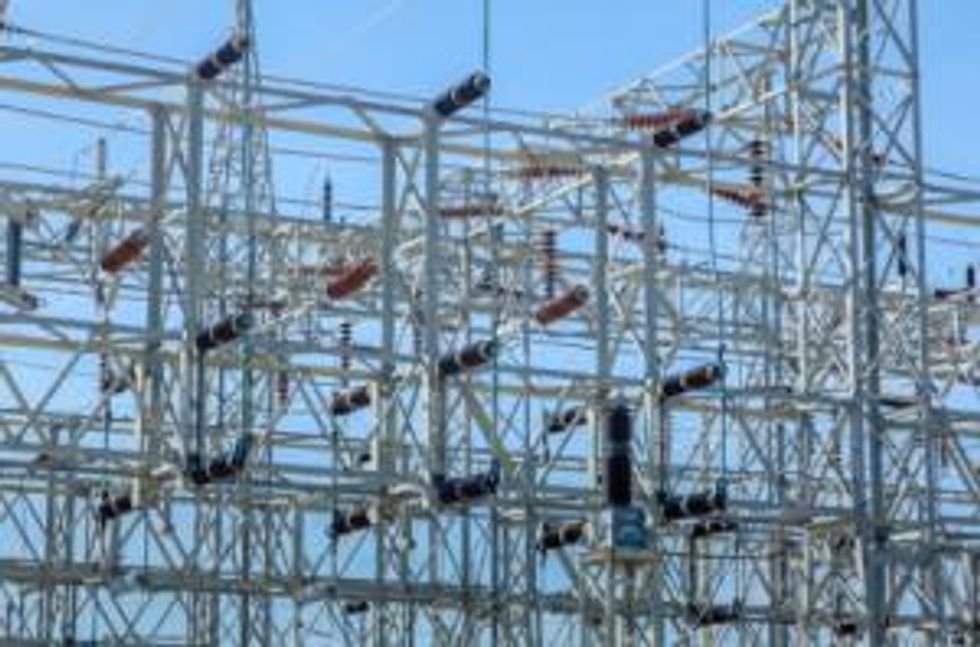Vanadium Flow Batteries Could Capture a Fifth of Grid Storage Market by 2017
A new study shows that vanadium flow batteries could capture about 17 percent of the global grid storage market by 2017. But that scenario calls for a stable vanadium price of about $15 per kilogram.
Vanadium flow batteries could capture about 17 percent of the energy grid storage market by 2017, representing about $5.4 billion in potential revenue, a Lux Research study released earlier this month shows.
“However, there is a caveat to this assumption,” said Brian Warshay, the Lux research associate who presented the study. “This assumes that developers can reach a target of $750 per kilowatt hour for a fully installed system by 2017.” Currently, the price is about $1,250 per kilowatt hour.
The growth in vanadium flow batteries — which employ vanadium pentoxide and are basically large, liquid-filled tanks used to store energy for power grids — is seen as positive for miners exploring for the mineral in the western world. But Lux’s research shows that the market price of vanadium will play a huge role in determining if this energy storage technology comes to fruition.
“Developers [of grid technology] need to lock in a sure supply of vanadium to avoid the past volatility of the market,” Warshay said. “As the price of vanadium rises, the developer loses control over system costs.” Lux’s research shows that the price of vanadium averaged $12 a kilogram in 1998, shot up to $35 a kilogram in 2005 and was at about $15 a kilogram last year.
Vanadium flow batteries currently account for about 2 percent of the global grid storage market, and cutting the price to $750 per kilowatt hour is a formidable task. Vanadium priced at $15 a kilogram, the price Lux used in its model, would certainly help. But a price of $30 a kilogram could make the technology economically unfeasible for mass use.
Vanadium electrolyte a third of cost
About $910 of the $1,250 per kilowatt hour cost of today’s vanadium flow batteries is attributed to materials and components. The electrolyte accounts for about a third of the cost of materials and components, coming in at around $300.
One way to cut the cost of electrolytes is by increasing their molarity, a process that increases energy density. However, the main method is for “developers to focus on bringing down the price of vanadium and controlling that price.”
The price of vanadium is important, Warshay explained, because if it doubles to $30 a kilogram by 2022, that puts the electrolyte cost at $600 and takes the battery cost to $1,220 per kilowatt hour.
According to the US Geological Survey, 2011 world vanadium production was about 60,000 tons, led by China, Russia and South Africa, which account for nearly all vanadium production. Most of the vanadium currently produced is used to strengthen steel, and demand is rising from emerging markets. However, there are concerns that there might not be enough vanadium supply if its use in flow batteries grows significantly. Even without factoring in new applications, demand for vanadium is expected to more than double by 2025 to 123,000 tons.
Securities Disclosure: I, Karan Kumar, hold no direct investment interest in any company mentioned in this article.
